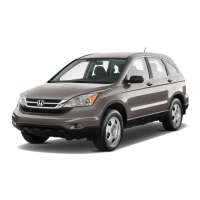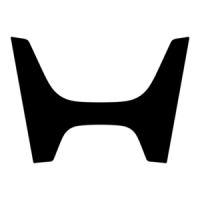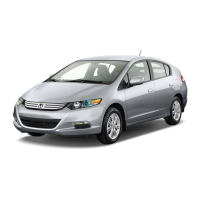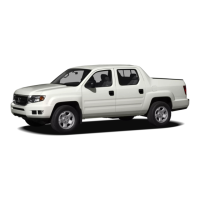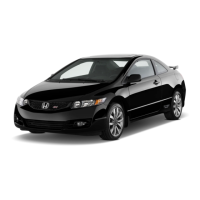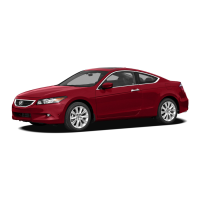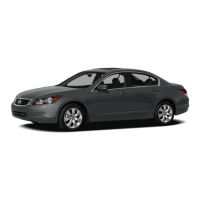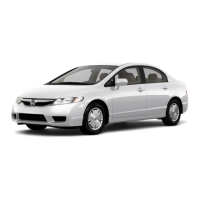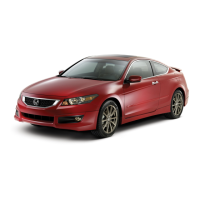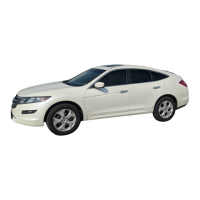When buying a child seat, you need
to choose either a conventional child
seat, or one designed for use with
the Lower Anchors and Tethers for
CHildren (LATCH) system.
Conventional child seats must be
secured to a vehicle with a seat belt,
whereas LATCH-compatible seats
are secured by attaching the seat to
hardware built into the rear seating
positions.
In seating positions and vehicles not
equipped with LATCH, a LATCH-
compatible child seat can be installed
using a seat belt.
Since LATCH-compatible child seats
are easier to install and reduce the
possibility of improper installation,
we recommend selecting this style.
Whatever type of seat you choose, to
provide proper protection, a child
seat should meet three
requirements:
Look for FMVSS 213 or CMVSS
213 on the box.
Rear-facing for infants, forward-
facing for small children.
Before purchasing a conventional
child seat, or using a previously
purchased one, we recommend that
you test the seat in the specific
vehicle seating position or positions
where the seat will be used.
Selecting a Child Seat
The child seat should meet
Federal Motor Vehicle Safety
Standard 213 or Canadian Motor
Vehicle Safety Standard 213.
The child seat should be of the
proper type and size to fit the child.
The child seat should fit the
vehicle seating position (or
positions) where it will be used.
1.
2.
3.
Driver and Passenger Safety
47
09/03/13 15:32:54 31SZA610 0052
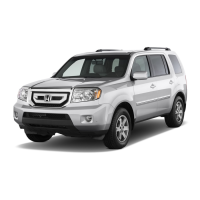
